wikiHow is a “wiki,” similar to Wikipedia, which means that many of our articles are co-written by multiple authors. To create this article, 17 people, some anonymous, worked to edit and improve it over time.
This article has been viewed 247,604 times.
Learn more...
Installing LED lights is an easy and fun way to make a unique statement with your motorcycle, and the finished product will look awesome. After you buy an LED light kit you like or buy LED strips to design your own, you can easily install them at home.
Steps
Preparing for the Project
-
1Gather everything you'll need. In addition to the LED light kit, you'll need additional electrical wire, preferably in two different colors to help you differentiate the positive and negative battery connections. The job will also require velcro strips (or a permanent adhesive if you prefer), additional 18- or 20-gauge electrical wire, sandpaper, pliers, screwdrivers, soldering equipment (or soldering gel), wire terminal connectors, electrical tape, and an in-line fuse.
-
2Test your LED strips. Test the strip by attaching the positive lead wire to the positive terminal on a battery and connecting the negative lead wire to the negative side of the battery terminal. Make sure that each individual strip fully lights.
- Your LED kit may come with a battery you can use to test the LED strips. If not, you can use your motorcycle's battery to test them. Just make sure you disconnect it from the motorcycle first. You can even use a spare nine-volt battery you have around to test the strips.[1]
- As you're testing the strips, separate all of the same-size strips into different piles. This will make it easier to use them later.
- It's a good idea to disconnect the motorcycle's battery now even if you don't need to use it to test the LED strips. In most models of motorcycle, you will find the battery located beneath the seat. By disconnecting the battery, you can test your LED light strips without worry of harming the other motorcycle components that it powers.
Advertisement -
3Test locations for your LED strips. Your specific LED kit may come with instructions for where to mount your lights, but if not, use painter's tape to temporarily attach them to the motorcycle. Try a couple of designs and make sure that you have enough strips to complete the design you want.
- Make sure you're using masking tape since it won't hurt the paint on your motorcycle at all when you peel it back off.[2]
-
4Pick a placement for your switch. Your LED kit will come with a switch, which should have three leads on the back—positive, negative, and ground. Pick a comfortable location where you will later mount the switch.[3]
Attaching the LED Strips to Your Motorcycle
-
1Attach velcro to your LED strips. Once you know exactly where all of your strips need to go, you can go about attaching them to the motorcycle. Many LED kits will come with tape strips already attached, but after sticking them, you're pretty much stuck with the design. Using thin velcro strips instead can give you plenty of adhesion while also giving you the option to move them at will.[4]
- If you're certain you won't ever want to move the strips, you can naturally use the tape strips that come with them or pick up some strong double-sided tape to use to adhere the strips.
-
2Attach the strips to your motorcycle. With your positioning picked out and your velcro applied, you can now adhere the strips to your motorcycle. For some spots, such as placing a strip on the underside of a fairing, you might have to remove pieces. These aerodynamic pieces are simply held in place with mounting screws, so you can remove them with a screwdriver and/or socket wrench.
- When positioning your strip, make sure that you velcro it with the wiring pointing toward the battery. You'll need to feed all of the wires in this general direction.
-
3Fish the unconnected wiring toward the battery. Some wiring, such as that behind a fairing, might need to be fished out for you to take care of the electrical portion of the project. You can use rigid line like that from a weed eater or even fishing line. Tie the wiring to the line, then once the fairing is back in place, you can fish it out with the fishing line.[5]
Connecting the Electrical Components
-
1Connect the switch to the positive terminal on the battery. Using some additional red (since it's the positive terminal) electrical wiring, you will need to attach your switch to the positive battery terminal. Solder a ring terminal to one end of the wire. This end will fit over the positive terminal on the battery before you tighten it down. Solder another terminal to the opposite end after you've run enough wire to reach the switch.
- You should additionally splice your in-line fuse into this portion of the wiring. LEDs draw very little power, but connecting a fuse is always the safe thing to do. The in-line fuse will have a wire coming out of each side. Cut a gap in your wire in a spot where the fuse can fir easily near the battery under your seat. Use your wire strippers to remove maybe 1/2” of the wire sheath and twist together your wire and those from one end of the fuse, then use electrical tape to secure the connection. Do this on both sides, so the fuse runs seamlessly. You will only need a 5-10 amp fuse since the lights draw so little power.[6]
- If you're unsure how, you can look up how to Solder, or you can purchase a soldering gel, which allows you to place the wire into the terminal along with the gel, then simply add heat.
- Your switch will most likely have male terminal connections, so you'll need a female terminal connections to solder to the wire.[7]
- For any wire splices that you make sure the project, you can additionally buy heat-shrinking wire wrap to further secure the spliced connection. The wrap slides over the wire on top of the electrical tape (make sure you buy the appropriate size for the wire you're using), and then you can apply a bit of heat with a lighter (don't burn the wire to either side of the wrap), which will cause it to shrink down and reinforce the splice.[8]
-
2Connect your ground wire. This connection also requires an additional piece of wire with a connection to the switch soldered at one end and a ring terminal soldered at the other. You will connect one end to the ground terminal of your switch, and you will connect the other end to the metal frame of your motorcycle. The ground wire needs to have a metal-on-metal connection, so it's easiest simply to find a metal portion of the frame with a bolt near the switch location and to put the ring terminal over the bolt and tighten it back down.[9]
- In order to ensure that it's a metal-on-metal connection, use a piece of sandpaper to remove any paint that might be on the frame directly where the bolt tightens down to the frame.[10]
-
3Connect the positive LED strip wires to the switch. Run the positive wire from each of your LED strips toward where you have placed your switch. Run the wires tight to the frame, securing them if you need to. Once all of the wires have enough length to reach your switch, use your wire strippers to remove a bit of the wire sheath, twist them all together, and solder them to the terminal you need to connect them to the positive terminal on the switch.[11]
- If the positive and negative wire sheaths on your LED strips are connected, you can use an X-Acto knife or box cutter in the divot that runs parallel to the two wires to separate them since you will need to run them in opposite directions.
- If any of the wires end up being too short, you can use some of the additional wiring you have to make it longer. Just use the wire strippers to remove a bit of the end sheaths, twist each bunch together, and secure it well with electrical tape.
-
4Connect the negative LED strip wires to the negative battery terminal. Now run all of the negative wiring from your LED strips to the battery. Like you did with the line from the battery to the switch, you're going to connect them to the battery with a ring terminal. Once you've run all of the negative wires from each LED strip to the battery, solder them into the ring terminal that you will attach over the negative terminal of the battery before tightening it down.
Community Q&A
-
QuestionWhat do I connect the white wire to?
 Community AnswerIt's best to connect it to a chassis, or something made of conductive metal.
Community AnswerIt's best to connect it to a chassis, or something made of conductive metal. -
QuestionI have red, white and black wires. What is the white wire?
 Community AnswerIt is the ground wire. You connect it to the chassis or something that's made of conductive metal.
Community AnswerIt is the ground wire. You connect it to the chassis or something that's made of conductive metal. -
QuestionCan I put a red underglow light under my motorcycle and only Uber the bike in Mesa Arizona?
 Clg000fcCommunity AnswerRed underglow is typically illegal in most states because red white and blue are colors for emergency vehicles. Check with your local laws first.
Clg000fcCommunity AnswerRed underglow is typically illegal in most states because red white and blue are colors for emergency vehicles. Check with your local laws first.
Warnings
- Ensure that you disconnect the motorcycle battery before you get started.⧼thumbs_response⧽
- If your specific LED kit doesn't come with a fuse in the wiring, then you should splice one in. It's always safer to have a fuse even for low-draw LEDs.⧼thumbs_response⧽
Things You'll Need
- Weather-resistant LED light strips
- An in-line fuse
- Electrical tape
- Soldering gel or a soldering iron and solder.
- Lighter
- 18 or 20 gauge electrical wire (preferably in black and red to help you differentiate the positive and negative connections)
- A pair of wire strippers
- Velcro or a more permanent adhesive if that's your preference
- A stiff wire to help fish the electrical line through the tighter spaces of the motorcycle
- Switch and ring terminals
- Pliers or wire crimpers
- Sandpaper
- Screwdriver
- A battery to test the LED strips
References
- ↑ https://www.youtube.com/watch?v=iw9xnE_Kptw
- ↑ https://www.youtube.com/watch?v=iw9xnE_Kptw
- ↑ https://www.youtube.com/watch?v=iw9xnE_Kptw
- ↑ https://www.youtube.com/watch?v=iw9xnE_Kptw
- ↑ https://www.youtube.com/watch?v=iw9xnE_Kptw
- ↑ https://www.youtube.com/watch?v=iw9xnE_Kptw
- ↑ https://www.youtube.com/watch?v=iw9xnE_Kptw
- ↑ https://www.youtube.com/watch?v=iw9xnE_Kptw
- ↑ https://www.youtube.com/watch?v=iw9xnE_Kptw
About This Article
To install LED lights on your motorcycle, start by attaching velcro to the back of some LED strips and fixing them to your motorcycle. Once the lights are in place, pull the wires towards the battery and connect the switch to the battery's positive terminal with a solder ring. Then, solder your ground wire to the switch's ground terminal and your positive LED strip wires to the positive terminal on your switch. Finally, run the negative wires to the battery, solder them together, and connect them to the negative terminal using a solder ring. For tips on how to test your LED strips before installing them, read on!
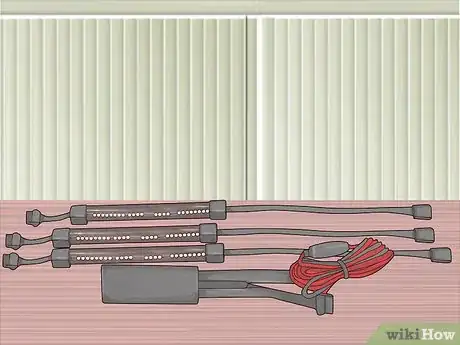
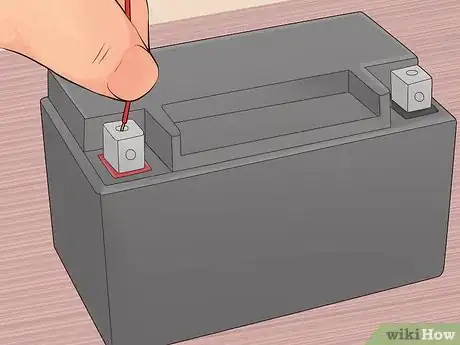
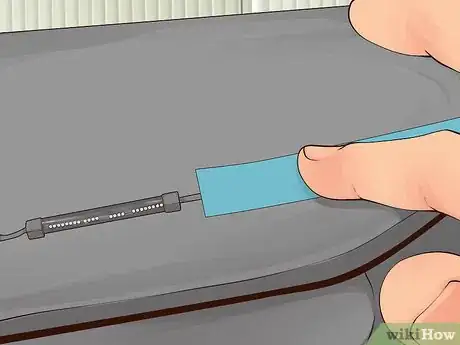
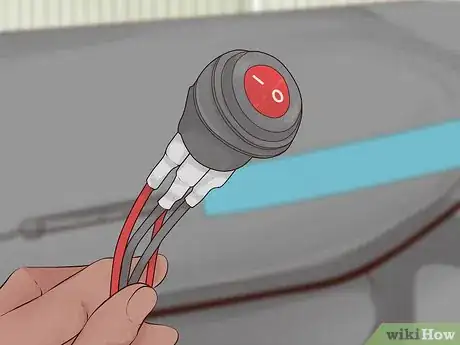

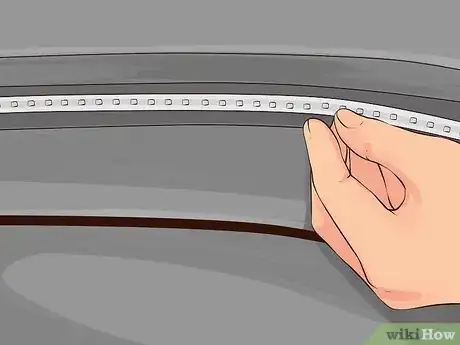
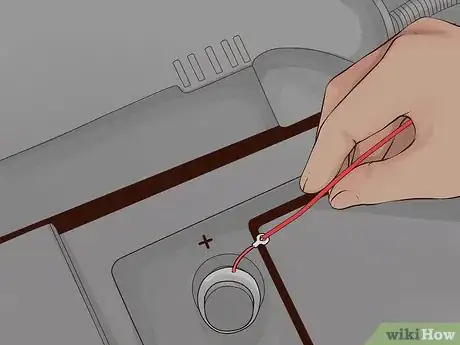


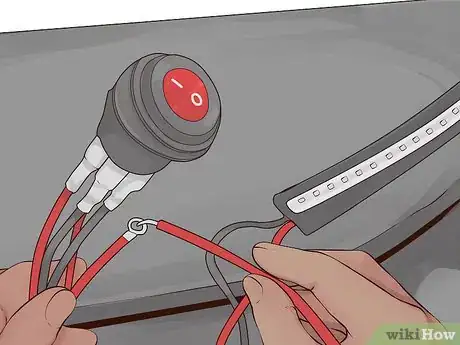

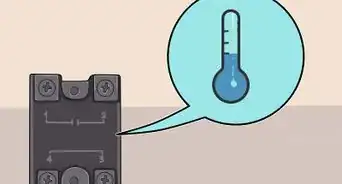
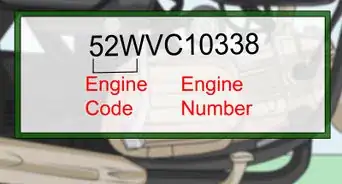
-Step-13.webp)
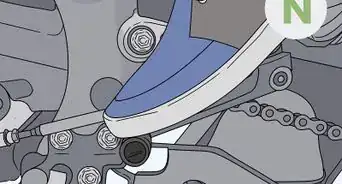


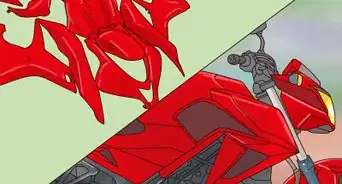
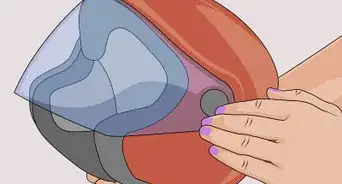

-Step-17.webp)
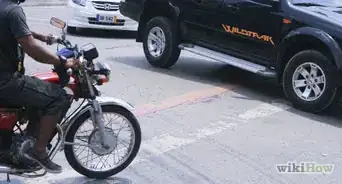






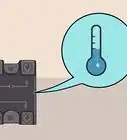
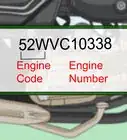
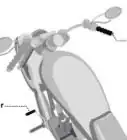
-Step-13.webp)


































